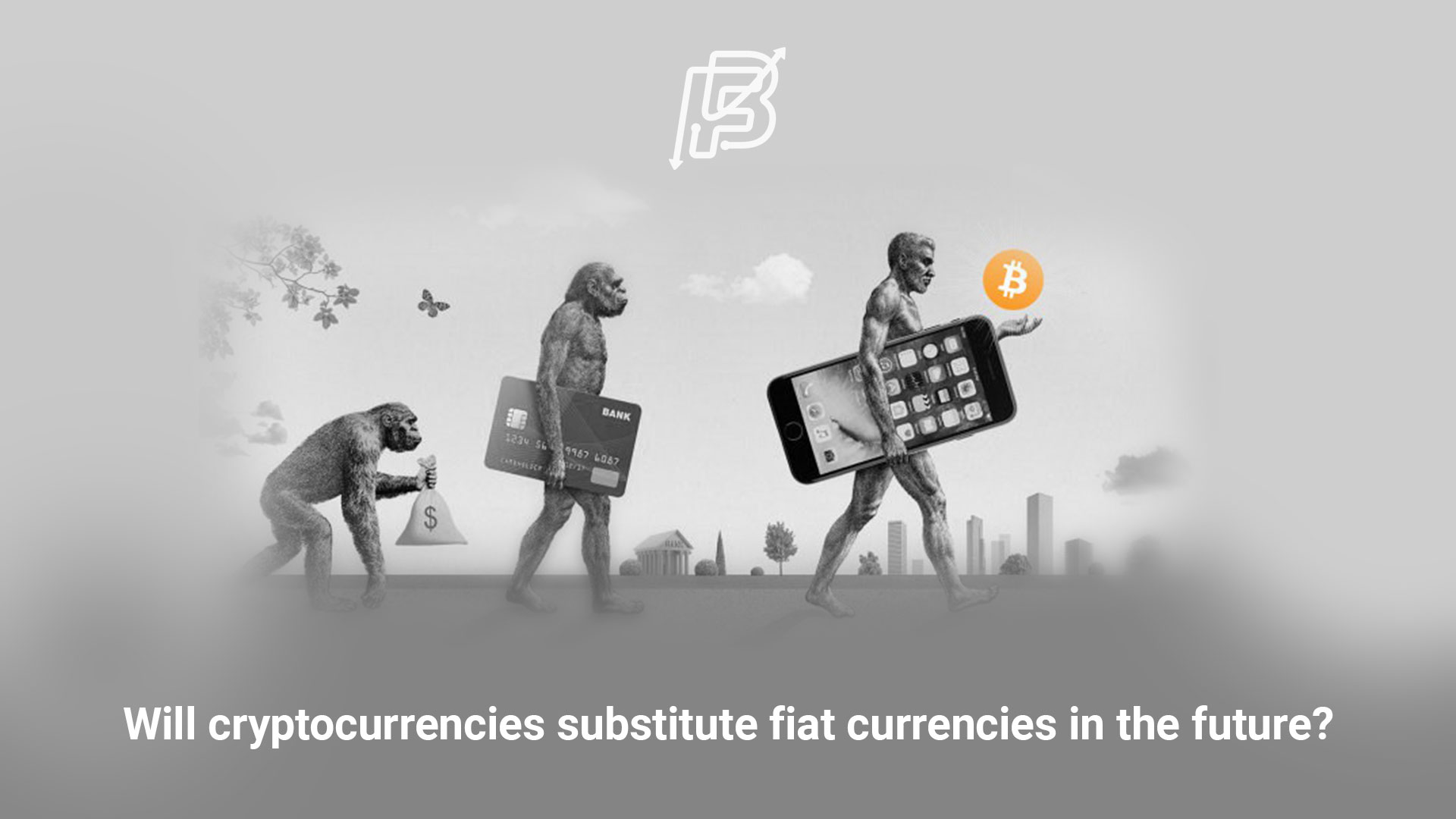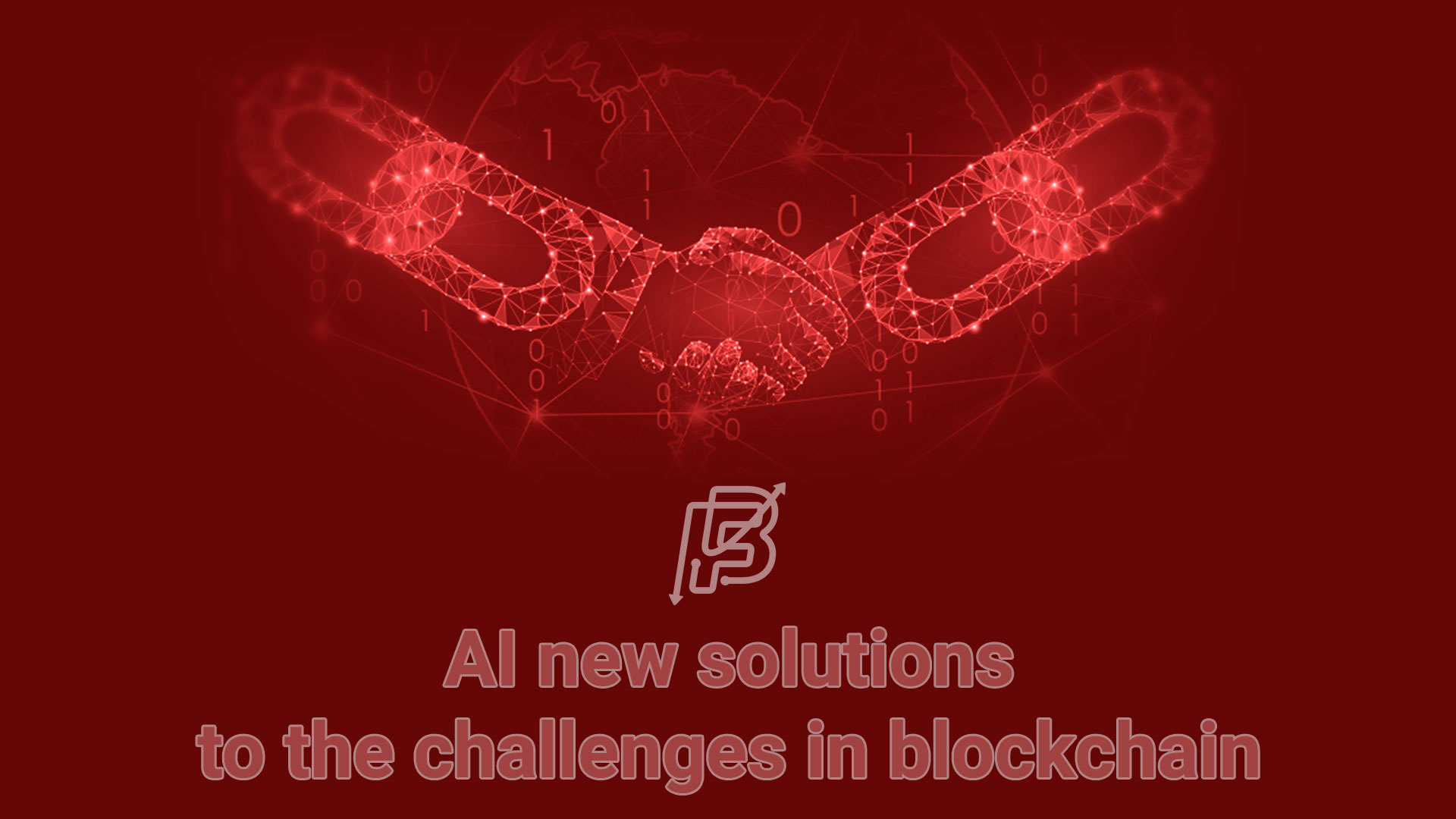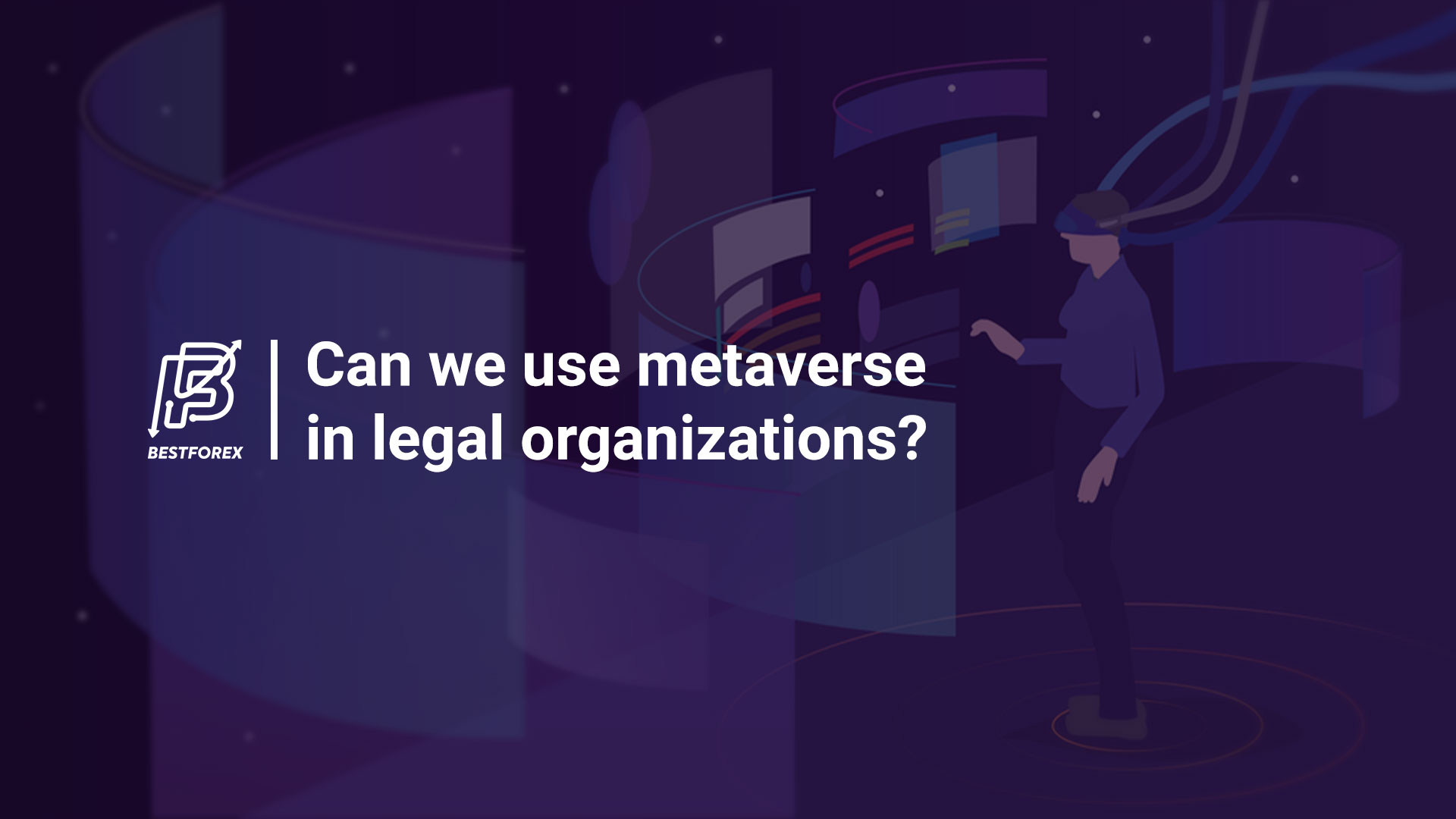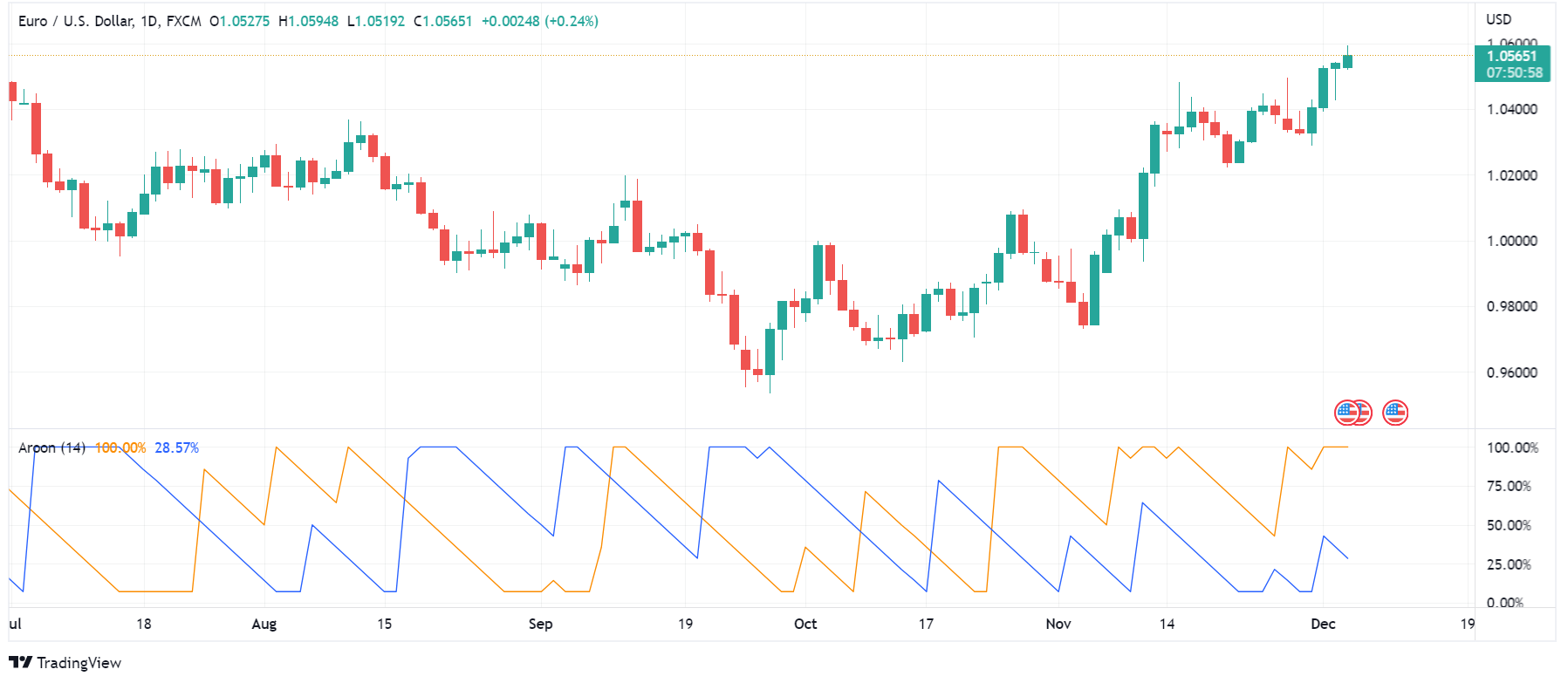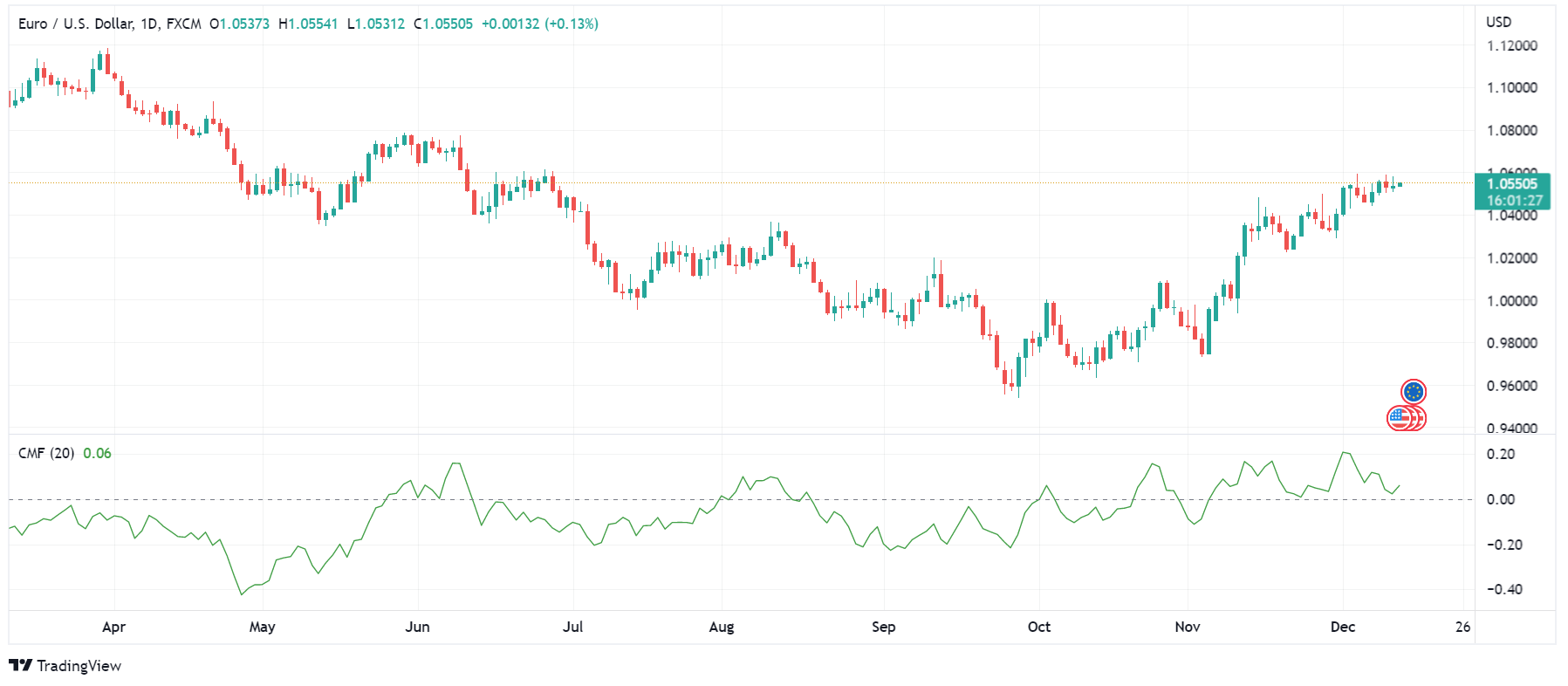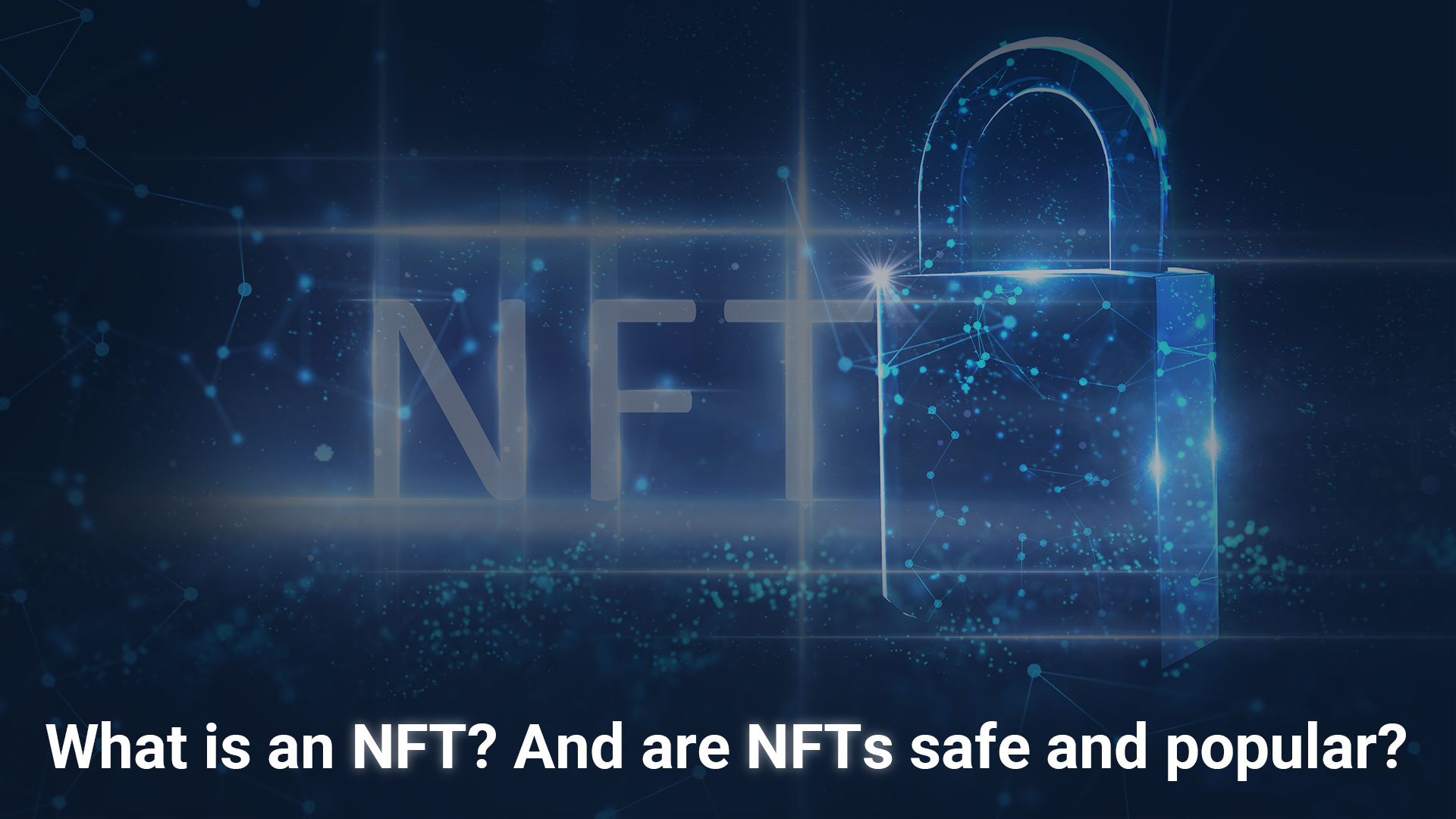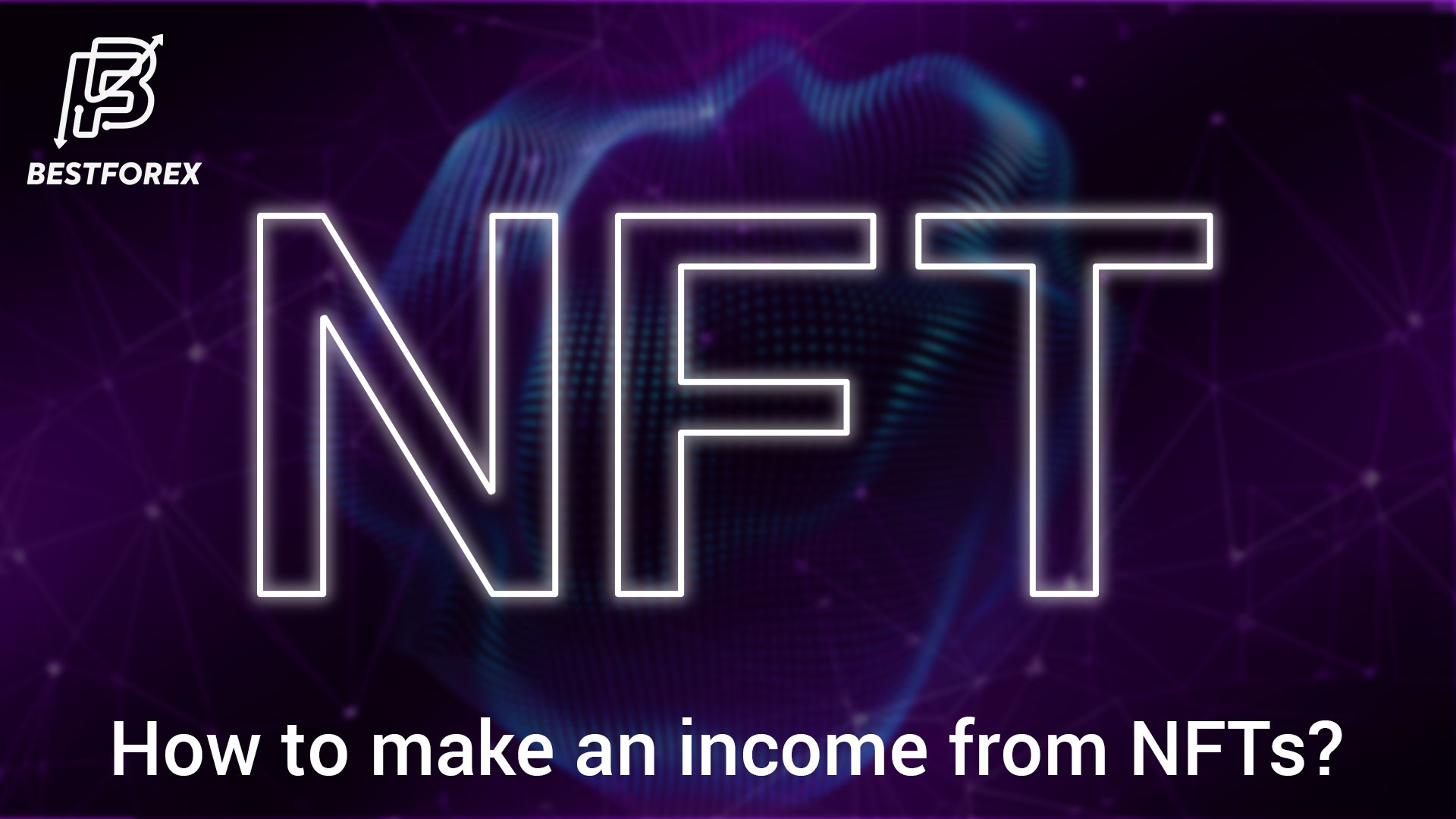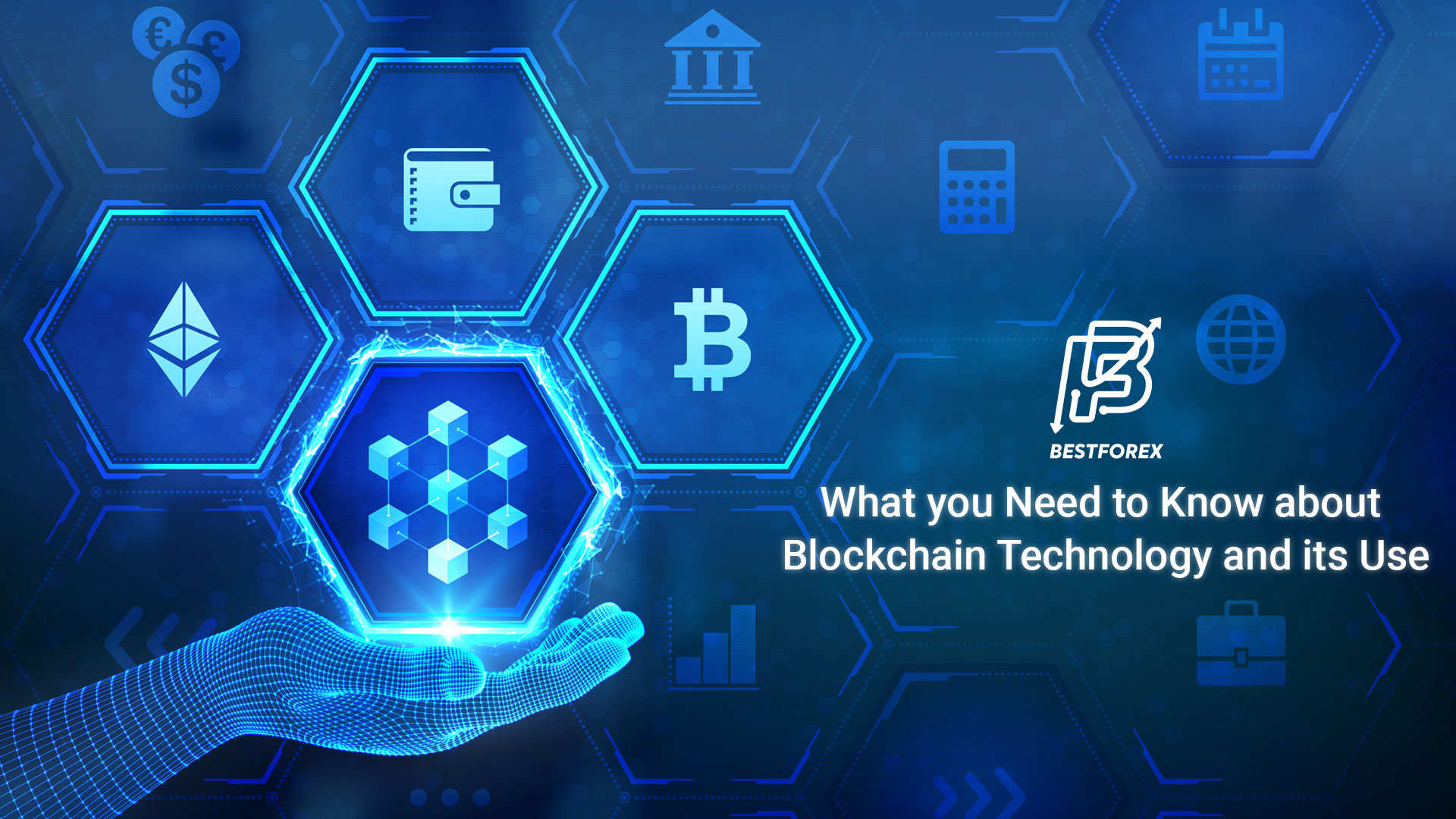
Introduction
Blockchain technology is a term we have been hearing about in recent years. A decentralized network that can give a new sense to the banking system, data transfer, data encryption, programming, and so on. But what is most famous regarding blockchain technology is the cryptocurrency market. Knowing blockchain technology is the prerequisite to understanding how crypto projects work. But this article will focus on blockchain technology and how we can use it in our lives.
What is blockchain technology?
We can approach blockchain technology from several aspects. For example, from the developers’ viewpoint, blockchain is a distributed network that securely stores data. Regarding financial matters, blockchain is a distributed ledger used as the foundation of a new form of currency and economy. Furthermore, Internet users see the technology as the transformer of Web 2.0 into Web 3.0.
On a more abstract level, blockchain technology is viewed as a means of decentralizing the global economy and respecting the privacy of users that is accessible to everyone with an Internet connection. Thanks to the invention of blockchain, users can globally transact with each other in a peer-to-peer network that stands on algorithms, cryptography, and codes. In other words, blockchain technology is where the economy, society, and technology come together to form a comprehensive system. The system aims to solve problems such as trust, value, and exchange.
What is the history of blockchain technology?
Blockchain 1.0
The evolution of blockchain started in 2008 when the technology simply represented a distributed database. The developer(s) of Blockchain 1.0 was an individual (or group of individuals) known as Satoshi Nakamoto, who introduced the network’s underpinnings and technicalities of their invention in a whitepaper titled ‘Bitcoin, A Perr-to-Peer Electronic Cash System’. The ideas in the whitepaper laid the foundation for creating Bitcoin, the first digital currency, in 2009. However, the development of digital currency was only part of the capacity of blockchain technology.
Blockchain 2.0
The second significant stage in blockchain’s development was the operability of the network to build applications which became possible with the advent of Ethereum, the second largest crypto project. Vitalik Buterin, the founder of Ethereum, introduced the Ethereum whitepaper in late 2013 as a project aimed at building decentralized applications (dApps). Ethereum is a blockchain-based public and open-source platform for writing computer programs through smart contracts. Ethereum Virtual Machine (EVM) empowers the blockchain to execute programs and applications using the computing power of globally-distributed nodes.
Blockchain 3.0
The third (current) generation of blockchain is finding solutions to solve the deficiencies of the above platforms. The most critical flaw in Bitcoin and Ethereum is the issue of scalability, which regards the number of transactions the platform can execute per second. Of course, as Ethereum transformed to Proof-of-Stake consensus, it addressed the problem. However, the cost of transactions in both blockchains (especially Bitcoin) is relatively high. This is where new-generation projects, including Lightening Network, Dfinity, NEO, and EOS, come into play. Such projects reduce the workload in the blockchain, significantly increase its scalability, and reduce gas fees.
How does blockchain technology work?
Basically, the first version of blockchain consists of distributed systems where the stored data is encrypted by algorithms. Satoshi Nakamoto first brought distributed networks and data encryption together to create a secure database. The database contains data blocks that represent a record of what has happened on the blockchain, and each block has a unique hash that distinguishes it from all other blocks. Specific nodes in the network are responsible for verifying the new data blocks and sending verification information to all other blocks. Once verified, the new block will permanently stay on the blockchain and will store the record of the new blocks henceforth. Therefore, a blockchain is a chain of data blocks stored on the network nodes in chronological order and linear manner. The blocks are also tamper-proof and immutable, meaning that no one can remove or alter them once they enter the blockchain.
Since the nodes in the blockchain do not have a central server, all nodes must agree for any change to take place in the network. The agreement among the nodes is referred to as the consensus. The benefit of the consensus in the blockchain is that users can trust the network as a distributed ledger to keep a record of their assets and valuables. In addition, blockchain is transparent by nature, as all the nodes are aware of the executed transactions. Therefore, such a system can seamlessly facilitate collaborations between organizations worldwide.
The second version of blockchain technology uses smart contracts, which are computer codes stored in each block containing contractual information. Smart contracts contain algorithms as well as information about the terms of the agreement and are self-executing. As smart contracts receive input, they process it and generate a specific output based on the embedded algorithm.
What is a blockchain consensus?
As stated above, blockchain consists of network nodes that contribute in some way to the network but cannot be trusted individually. In order for a node to synch with others, it does not need to trust the nodes but a consensus that all other nodes accept. There are several types of consensuses in blockchain technology, but the main ones are Proof-of-Work and Proof-of-Stake.
Proof-of-Work consensus
The most famous consensus is Proo-of-Work (PoW) which requires a node to solve mathematical puzzles to create and join a new block to the chain. Bitcoin uses PoW consensus, and the node with higher processing power that finishes a block creation earns mining rewards and a portion of the transaction fees. The PoW consensus significantly increases the costs for any node that aims to manipulate the blockchain and, in turn, maximizes network security. However, PoW consensus is extremely power-intensive and is not cost-effective for low-end miners to mine blocks. As a result, PoW raises the concern that, gradually, the mining will be only affordable for a resourceful minority that can control the value of the mined blocks.
Proof-of-Stake consensus
Proof-of-Stake (PoS) is the second most popular blockchain consensus used for creating and validating new blocks on the chain. PoS is considerably more environmental-friendly than PoW as it dedicates the block creation and validation to the nodes with higher locked collaterals. That is, the node does not have to burn massive amounts of energy to create or verify the new blocks, as is the case in PoW-based blockchains. Instead, the nodes that have locked in, or staked, a higher number of the blockchain’s native tokens (used as a means of payment) will get to mine and validate the next block. Ethereum used to use PoW consensus, but as of September 2022, it switched to PoS to increase the blockchain’s scalability and decrease the network gas fees.
The use of blockchain technology in Web 3.0
Web 1.0
Before going to Web 3.0, it is worthwhile to have a prologue of the first two versions. Web 1.0 (AKA the Information Highway) was developed in the early 1990s as a form of unilateral means of sharing information over the Internet using the HTTP protocol. In the first version of the Internet, there was no balance between the number of content creators and content users. Also, the users could not interact with the content or the creators.
Web 2.0
With the advent of Web 2.0 (the Read-Write Web), users could not only read the information, but they could react to it and interact with the creators. Furthermore, with the help of PHP, online information was no longer static, and anyone could create content and upload it on social media networks and benefit from their audience’s feedback. Nonetheless, Web 2.0 still raised concerns regarding the storage of users’ data and their privacy in the online world.
Web 3.0
The idea of Web 3.0 has been around since 2014 but only recently has it attracted lots of attention as a viable solution to the flaws of Web 2.0. probably the largest demerit of the Web 2.0 is the centralization of users’ data in servers of a few tech giants like Google, Meta, and Microsoft. Blockchain technology can sufficiently address the issue of centralization of data (and, consequently, power) by encrypting and storing data on a distributed network. Also, with the help of Ethereum, developers can build dApps that are not dependent on central data centers.
Another issue that Web 3.0 aims to address is the focus of developers and users on the surface layer of the Internet as opposed to the underlying protocols and infrastructure. In other words, mainstream users focus so much on using social media apps to create and share data that they do not bother to improve the network standards and protocols for a decentralized online environment. Web 3.0 provides an opportunity to remodel the Internet protocols that lay the foundation for developing apps that securely connect us without third-party intermediacy.
Web 3.0 also has a great capacity to empower the Internet of Things (IoT) and provide the circumstance for the machines (from simple home appliances to technologically-advanced devices) to come online, giving a more physical sense to the Internet. The IoT does not make the devices smart but creates a seamless experience by connecting them. To that end, the devices need an infrastructure that allows for protected peer-to-peer interaction. Blockchain can dynamically allocate resources to the devices, enabling them to communicate through IoT.
Final Words
Blockchain technology has evolved from a basic distributed network to an infrastructure for developing a decentralized approach to information technology and communication. In tandem with Web 3.0, blockchain will find its way into our everyday life by smartly connecting our devices in a shared and encrypted network.
This article tried to introduce blockchain technology and its application in real life. You can also read other information regarding blockchain here.
Continue reading about Web 3.0 and Metaverse.




